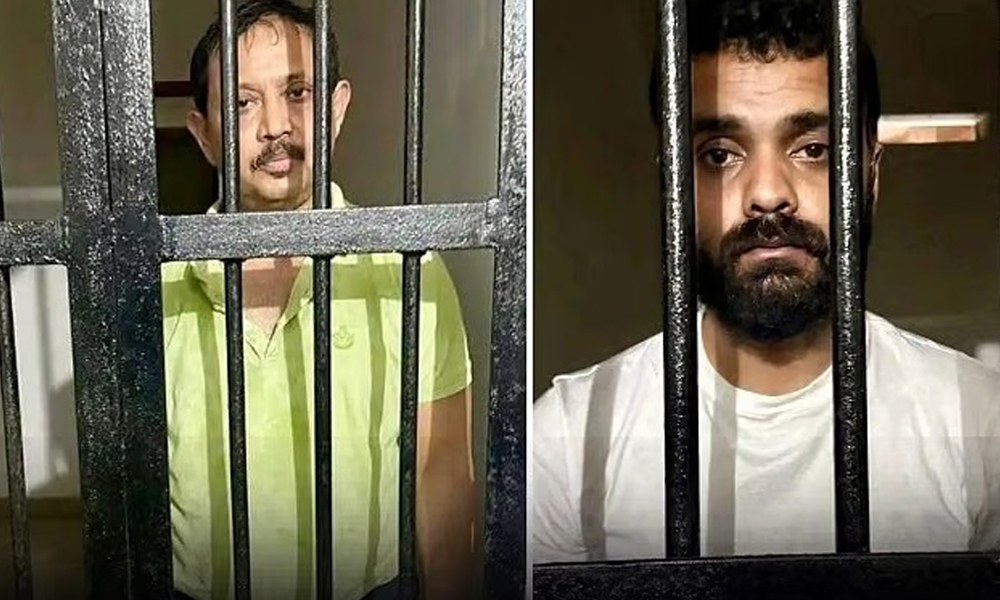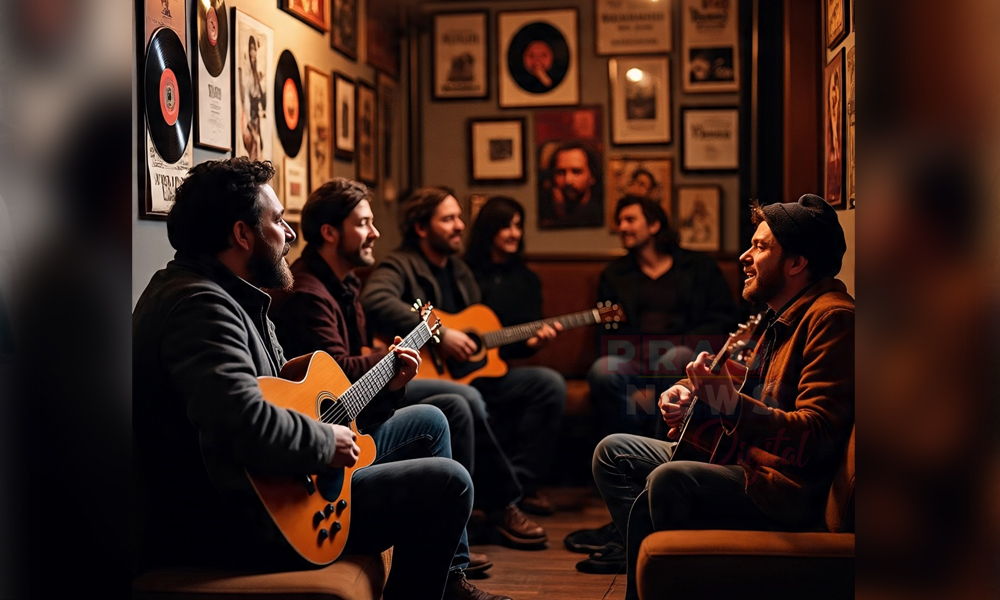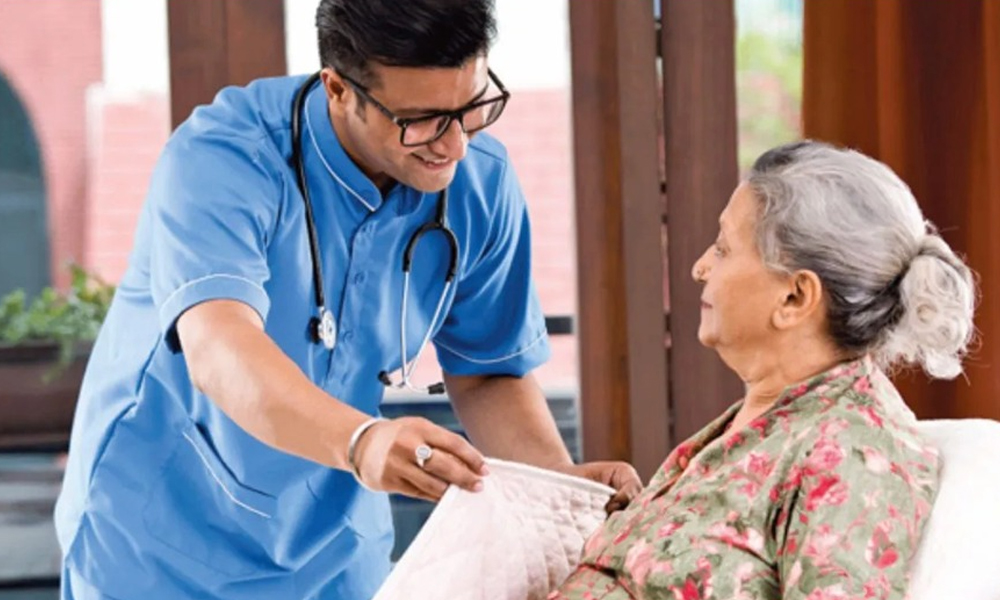As of now, West Bengal has a 45 percent rainfall deficit, 24 percent in Manipur, Mizoram, and Tripura, 49 percent in Jharkhand, 45 percent in Bihar, 53 percent in Uttar Pradesh, and 49 percent in Jharkhand.
Digital
Desk: The IMD has predicted an increase in rainfall activity over North India
starting on July 27 due to the Monsoon trough's migration to the north. In
locations where paddy coverage has lagged due to a lack of rain, officials
predict a rebound.
A
Low-Pressure Area that is currently over south Pakistan and neighbouring Kutch
will become less evident over the course of the next 24 hours. The Monsoon
trough, which is presently running south of where it should be, is expected to
progressively shift northward starting tomorrow, July 26, increasing activity
over the north, according to the meteorological office.
Despite the devastation caused by
severe rain in some regions of the country, shortages were allegedly observed
in other others. Numerous locations have reported a decrease in the number of
paddy acres, and the lack of rain has rendered seedlings unsuitable for
transplantation.
As of now, West Bengal has a 45
percent rainfall deficit, 24 percent in Manipur, Mizoram, and Tripura, 49
percent in Jharkhand, 45 percent in Bihar, 53 percent in Uttar Pradesh, and 49
percent in Jharkhand.
The amount of paddy planted is still
roughly 18 to 19 percent below last year's levels, despite the fact that the
Kharif sowing has made significant progress.
Actually,
due to low rains, Haryana reported a decline in paddy acres.
Haryana
is one of the main rice suppliers to the central pool.
Officials
assert that Eastern India is mostly to blame for the "slight
shortage" in paddy coverage during the current Kharif; nevertheless, this
region will soon recover. They note that irrigated regions like Punjab,
Haryana, and western UP are hardly at risk because a significant portion of
South India has already planted its main crop for the season as a result of
equally distributed rainfall.
According to
data, paddy coverage throughout all of India declined in July 2017 from 155.53
lakh hectares in the same month last year to 128.50 lakh hectares.
Although the
country as a whole experienced an 11 percent rise in rainfall between June 1
and July 25, East and Northeast India actually experienced a 15 percent decline,
which is thought to be the main reason for the overall coverage shortage.


















